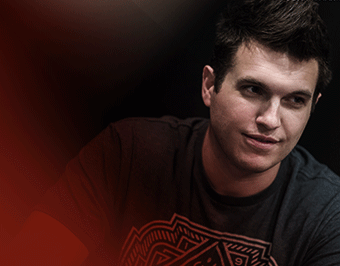How Do Poker Staking Agreements Work?
Many of the players that frequent high-stakes poker games aren’t playing with their own money. Staking agreements allow players to jump into games that go beyond the boundaries of their bankroll.
Some of the world’s most successful players rapidly rise up the poker ladder thanks to staking agreements. These agreements carry significant risk for players and investors, but can end up as a profitable venture for both sides.
Let’s take a look at how poker staking agreements work:
How Does Poker Staking Work?
Poker staking deals involve two sides – the investor (aka the “backer”) and the player (aka the “horse”). The backer provides the player with a bankroll, and the player goes to work playing either cash games or tournaments.
All profits earned by the player are split between the investor and the horse. Many staking arrangements use a 50/50 profit split, but the share that the player keeps could be any percentage agreed upon by both sides.
If a staked player wins consistently, the backing agreement becomes a win-win for both the investor and the horse.
For example, let’s say an investor stakes a player for $5/$10 No-Limit Hold’em cash games, and gives the player a $100,000 bankroll to play. The two sides agree to a 50/50 profit split.
If the player grinds out $30,000 in profit over a period of time, the player would keep $15,000 and the investor would pocket the other $15,000. Because the player was profitable, the investor also retains the original $100,000 bankroll.
It’s important to note that even though the player starts with $100,000 in this case, at no point does any part of that $100,000 actually belong to the player. At the end of the staking deal, the player is on the hook to return the $100,000 to the backer in full. That aspect of staking deals brings us to our next point:
What Happens if a Staked Player Loses?
Let’s look at a scenario where a player gets staked for $100,000, and starts entering multi-table tournaments. The player loses $30,000 in tournament buy-ins, but then wins a tournament for $20,000.
In this case, the player is still down $10,000. That $10,000 debt is known as “makeup,” and must be paid back to the investor before any kind of profit split kicks in.
Instead of splitting the $20,000 win with the backer, the player owes the backer all of that sum. The investor might let the horse keep a small portion of that profit for living expenses, but the majority of the win goes into paying back the makeup.
The makeup factor is where staking deals can be risky for both sides. If a player is $10,000 in makeup and simply stops playing, that’s a $10,000 loss for the investor.
On the other hand, if a player goes down $30,000 right out of the gate in a staking deal, that horse knows they’re a long way from making any kind of profit in the staking arrangement.
Check out Miikka Anttonen’s complete guide to staking in this article for Upswing Poker.
